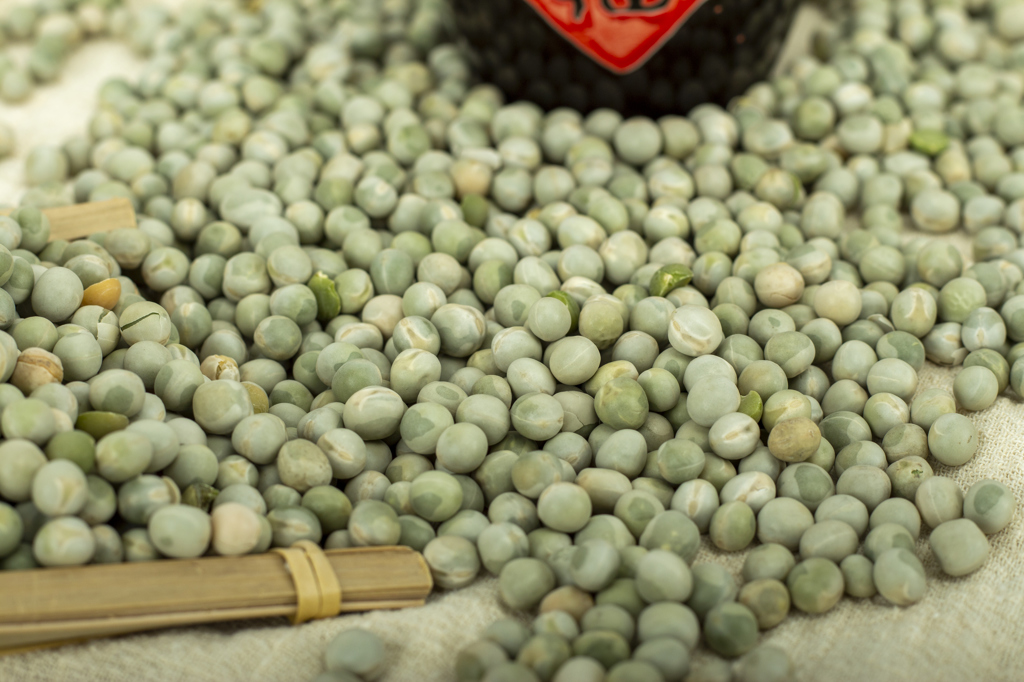- No.3 Beijing East Road, Laixi Economic Development Zone, Qingdao City, Shandong Province

| Moisture | ≤12% |
| Crude Protein | ≥20.0% |
| Ash | ≤4.0% |
The application of peas in pet food can be summarized into three core directions, which revolve around nutritional supply, adaptation to special needs, and optimization of product quality, meeting the dietary requirements of various types of pets.
As a natural ingredient, peas can provide protein, complex carbohydrates, dietary fiber, vitamins (such as B vitamins), and minerals (such as potassium and magnesium). Among them, protein can assist in the growth and repair of pet muscles. Complex carbohydrates release energy slowly to maintain stable blood sugar levels. Dietary fiber can participate in physiological processes related to intestinal peristalsis, helping to maintain the function of the digestive system.
Peas are gluten-free and cause fewer allergic reactions in pets compared to grains such as wheat and corn. They can be used as a grain substitute in hypoallergenic pet foods. At the same time, they can be incorporated into grain-free formulas based on plant proteins to meet the pet owners' needs for different dietary types, reducing skin or gastrointestinal problems caused by unsuitable ingredients.
Peas have a certain water-holding capacity and formability. When added to dry food, they can assist in granule formation and improve the crispness of the taste. When used in wet food or meat paste snacks, they can improve the texture and morphological stability of the product. Their natural flavor is less likely to produce irritation after processing, meeting the palatability requirements of pets such as dogs and cats and increasing the acceptance of eating.